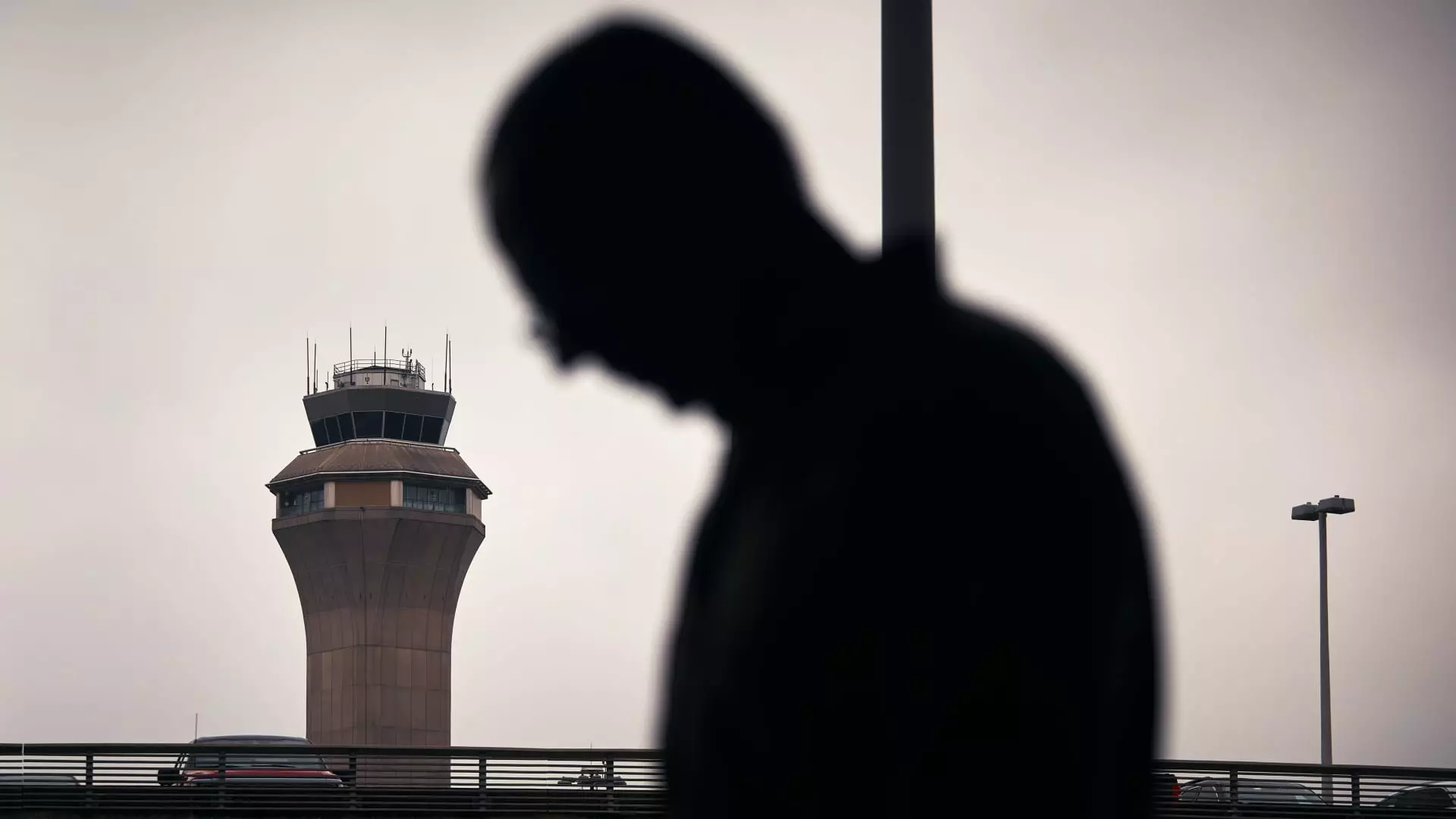A recent incident at Newark Liberty International Airport has once again highlighted the fragility of our air traffic control systems. In the early hours on a seemingly ordinary Friday morning, air traffic controllers lost radar and communication capabilities for a staggering 90 seconds. This incident, unnervingly reminiscent of a major disruption that occurred in April, raises urgent questions about the preparedness of our aviation infrastructure in an increasingly crowded airspace. The Federal Aviation Administration (FAA) must take these instances seriously as they jeopardize not only operational efficiency but also public safety.
Stressed Controllers and Crippling Staffing Issues
The April disruption had left its scars. Several air traffic controllers opted for leave due to the stress and anxiety that followed the chaos, revealing a deeper issue within the staffing model employed by the FAA. The Philadelphia facility, responsible for overseeing Newark airport operations, now finds itself stretched thin due to a self-inflicted wound: inadequate numbers of staff. When the FAA can barely keep its staff in place, one must question the competence of leadership when such critical operations rest on a dwindling workforce. The emotional toll taken on controllers deserves attention and, more crucially, adequate solutions.
A Call for Modernization: Time for Legislative Response
On the day of the outage, Transportation Secretary Sean Duffy unveiled a proposal aimed at modernizing the very technology upon which our air traffic control depends. The announcement of a need for $31 billion over the next three years should resonate not just within the halls of Congress, but also within the hearts of a public that relies on safe air travel. While industry groups are cheering for this proposal, rhetoric will only get us so far. Congress must translate these commendable discussions into concrete actions—starting with the allocation of the funds needed for both equipment upgrades and personnel expansion.
Turning Crisis into Opportunity
These troubling incidents present us with an opportunity; a chance for leaders in government, politics, and aviation industry to unite in pushing for sensible reforms. The operational status quo cannot remain unchallenged. Every minute of technological inadequacy is a minute during which our skies are unnecessarily endangered. In a world where millions of flights take off daily, complacency should not be accepted. Imagine the transformation that could occur if these funds are allocated wisely and quickly, ridding our skies of outdated technology while enhancing the capabilities of our air traffic controllers.
When one considers the ramifications of mere seconds of downtime in air traffic operations, it underscores the necessity of taking bold strides toward modernization. We cannot afford to let our air traffic systems languish in an antiquated state while the rest of the world continues to innovate.
In these critical times, one must channel frustration into empowering moves that make air travel safer for everyone. Therefore, let us push our leaders to make the right choices—our skies depend on it.

